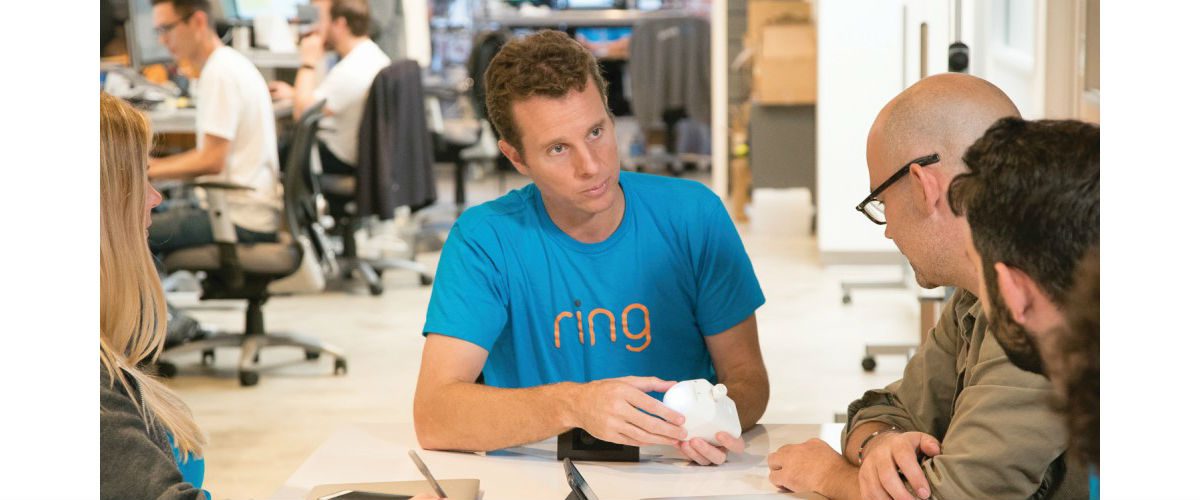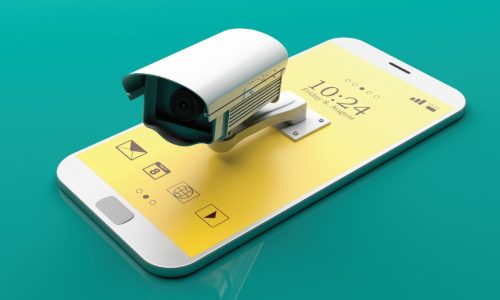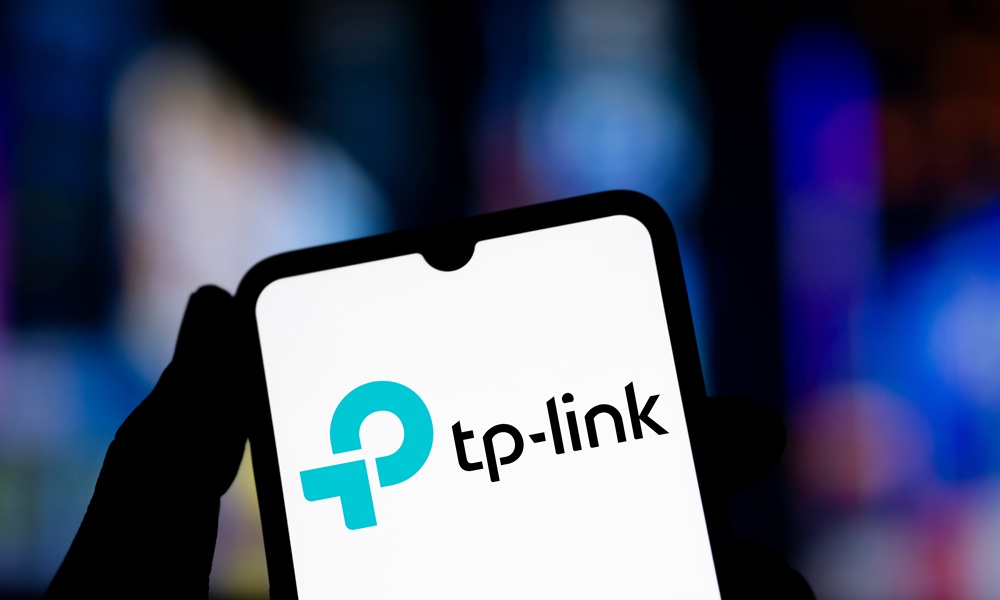The biggest thing to come to America’s front porches since the iconic Ding Dong, Avon’s Calling campaign more than a half-century ago has undoubtedly been the Ring smart video doorbell.
Only this time, it’s something much more important than cosmetics — the safety and security of homeowners. Filling a niche no one realized existed, over the course of a few short years the device leaped off the shelves of retail stores and online warehouses to help watch over millions of residences.
It caught the fancy of a business deeply invested in both technology and front porches — Amazon, which paid $1 billion for Ring in 2018.
According to Ring’s founder and video doorbell inventor, Jamie Siminoff , “If not for my wife, the Ring video doorbell would not exist. One night I shared my idea for reinventing the doorbell.
She loved it! Not just for the obvious convenience but for the security of now being able to safely answer the door from anywhere. She said, ‘This is like caller ID for the front door.’” Siminoff appeared on TV’s “Shark Tank” in 2013 to seek funding and the enterprise was soon off and skyrocketing.

2024 Lighting Controls and Fixtures Report
Lightapalooza took place in late February, and the growth of the event has mirrored the rapid ascension lighting fixtures and controls.Download your copy now!
Today, backed by Amazon’s R&D and infrastructure muscle, Ring continues to grow its product portfolio (including professional alarm monitoring through Rapid Response) and expand its footprint.
Referring to its customers as “neighbors,” the company is laser-focused on stitching communities (along with law enforcement and first responders) together through its user-friendly products and Neighbors neighborhood watch-style app to create a fabric of safer towns and cities.
From the standpoint of professional security dealers, the good thing about Ring was that it introduced a brand new product category to sell and expanded the overall security market.
Now, among many other insights shared by Ring Solutions president Mike Harris and Ring Installed Solutions general manager Andrew Vloyanetes in an exclusive interview with CE Pro‘s sister publication Security Sales & Integration, comes the most exciting news yet — a concerted push in the coming year to build and support the professional installer channel. Ding dong, Ring is calling!
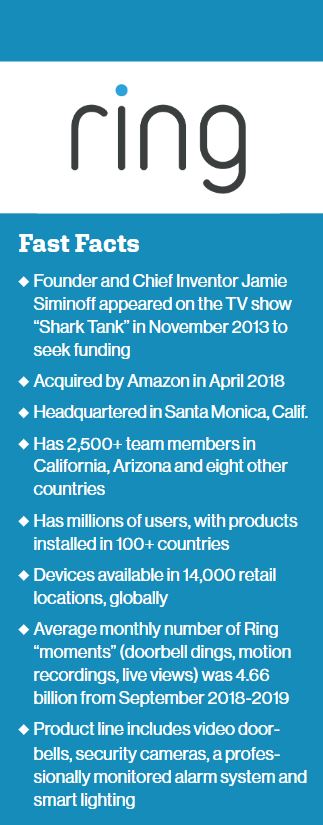
How has the Ring business changed or evolved since the acquisition by Amazon?
MIKE HARRIS: Prior to the acquisition, Ring was a rapidly growing company. That’s continued as we expand within new market segments and with new product lines. On top of that, inside Amazon, there’s infrastructure we can take advantage of in manufacturing and procurement, and other things we can leverage as well.
We’re just continuing to scale and trying to bring more products and more of an experience to our neighbors around the world. It hasn’t changed dramatically in the sense that we change directions or made turns. Obviously, with more resources, we have the opportunity to do more, but really we remain very focused on the mission.
ANDREW VLOYANETES: Being pretty new into it and not knowing what it was before, one of the things under Amazon is being able to tell a more together story about brands we work with on the hardware side. Whether that’s being able to talk about how Alexa can control Ring products or my favorite use case scenario is talking to an Echo Show that says, with Alexa, “Show me the front door.” Your Ring video doorbell view then comes up on the screen. It’s been great to be able to deal with our counterparts on Amazon with the Echo team. We’ve also talked with counterparts about the eero [wireless router] product, which is also owned by Amazon. Being able to tell a more together story in a clear and concise way has been a fantastic output.
One of the biggest things, from a channel perspective into the lens of the pro installer verticals, is making investments to work closer with the installers and the install community going forward. There is a high level of commitment to invest in both people and resources on how we can partner with the installer community in bigger ways.
Under me, I’ve hired and started to put in place a team of account managers, sales managers and analysts, teams of inside sales, tech support and how we can better serve the community.
We are also developing programs that are more conducive to the installer. The sales cycle is completely different from the installer than retail, and so we are looking to ensure that we support those installers the best we can. That includes not just great products, but also stuff like programs and incentives, support, certification programs. Those types of things we’re putting in place now to make a big push for 2020.
A few years ago, the video doorbell didn’t exist. When it came on the scene security pros saw it as a novelty. How surprising was it to see its explosive adoption?
HARRIS: What it comes down to is solving a problem that real people have, and giving people the security that they know what’s going on even when they’re not home. It’s compelling. Once they understand and experience it, then it’s one of those things that you can’t live without it. It serves a need people didn’t know they had. The growth has been explosive. There’s millions of Ring doorbells in people’s homes today and that is continuing to grow. It’s been quite a wild ride.
VLOYANETES: Within our Installed Solutions Business, we have found that dealers and security professionals are really addressing a new segment of neighbors beyond Ring’s initial segment — the do-it-for-me [DIFM] customers. These are neighbors or customers that could install the product themselves but prefer professionals come in and tell them where they should have the sensors and where they should have cameras and how to install their doorbell, and really provide a whole-house solution for them — and then ultimately do the install for them.
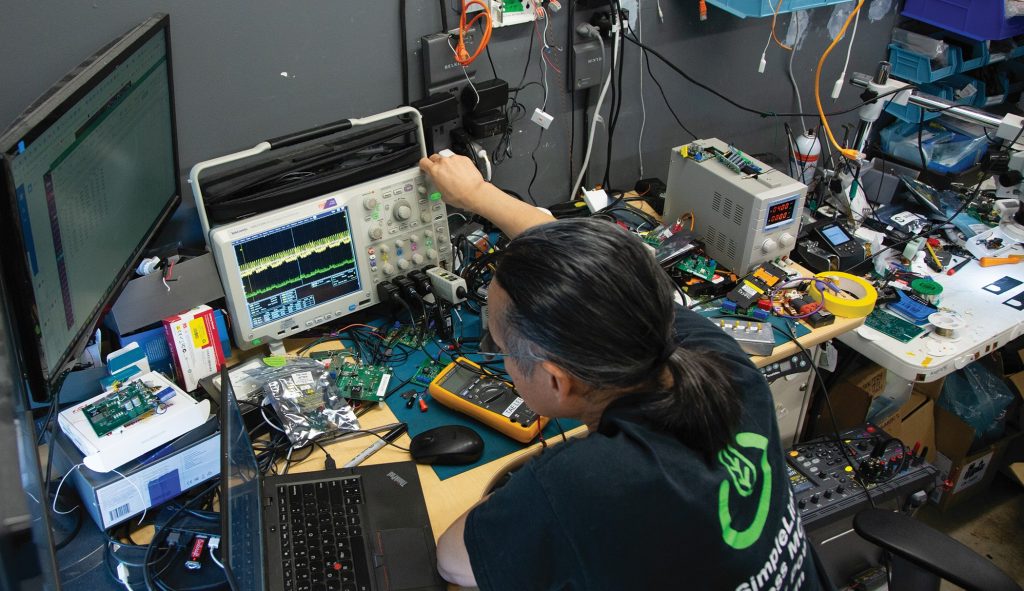
From the security professionals’ point of view, Ring opens up that market opportunity to a person who’s really price-conscious or wants more of a product with really good brand recognition that they can do some of their own research about, but then have a pro come in and perform the install and educate them on the products.
It happened to me in my own neighborhood. I was a very early adopter of Ring products. We started to have break-ins where people were opening car doors and taking loose change. A security pro ended up coming into the neighborhood to install Ring cameras and security systems. Almost overnight, it was impressive that we had the car break-ins stop and saw the adoption of Ring products flourish to others throughout the town I live in.
“I’ve hired … teams of inside sales, tech support and how we can better serve the community,” says Ring’s Andrew Vloyanetes.
Let’s talk more about that product portfolio. Could you detail current offerings and the foreseeable roadmap?
HARRIS: It starts with the Ring doorbells and the cameras, which are WiFi enabled, HD video, motion alerts, all the capabilities people have come to know and love. As we’ve evolved that product line we’ve been able to understand the different segments, different needs that people have, whether it’s wired or camera-operated, indoor, outdoor and all of those sorts of things that continue to broaden that product line.
With Ring Alarm, our professionally monitored security system, that is built around accessibility and reaching people who might not otherwise want or be able to afford a security system. It affords them a commitment-free, super easy-to-install system they can have monitored for just $10 a month.
The most recent product line is Ring Smart Lighting, which is a network of outdoor lights. That continues to enhance the “Ring of security,” as we call it, extending out of the perimeter and into your yard. It really all plays very nicely together. There are also accessories, but those are the three major product areas we’re working on now.
VLOYANETES: Within the pro install space, Ring Smart Lighting is going to be fantastic because it’s a battery-operated product. For an installer who doesn’t have an electrical license or certifications to do landscape or high-voltage lighting around a house, you’re now able to add our Ring Smart Lighting to increase the security and visibility of the home, and bring more value for the customer.
HARRIS: It’s about delivering a compelling experience and all these products working together, but then working with products from outside our portfolios as well. That could be Works With Ring, working with the big door lock manufacturers or lighting manufacturers, working with things like the Amazon Echo devices, and more. It doesn’t just start and end with the Ring product; it’s about creating an overall security experience for our neighbors.
What processes are in place to keep a feedback loop open with those “neighbors” as well as resellers?
HARRIS: Our focus on our neighbors is very fundamental to who we are and has been from the very beginning. When we started the company, [Founder] Jamie Siminoff put his email address on every box and it’s still there today, and he answers those emails. It’s that close. I talk to an alarm user probably two or three times a week, at least. We’re getting feedback personally. Beyond that, we’re very active in social media and other areas. We work with all our partners as well, whether that’s the retailers or installers, understanding what they’re hearing as well.
VLOYANETES: From the pro install perspective, we have started developing our Partner Advisory Board, which is a collective group of installers, distributors and partners. We are beginning to gather their feedback in how we can bring new unique experiences to the market and what the customers or neighbors are telling them.
Beyond alarm monitoring, are there any other recurring revenue services that are or can be attached to the Ring portfolio?

HARRIS: We focus on making our pricing and what we do very transparent and simple. We have our Ring Protect Plus plan, which is $10 a month, $100 a year, and basically that’s it to get professional monitoring for both burglary and fire protection. You also get unlimited camera storage and support. If you just have a single camera, you can get that for $3 a month or $30 a year. Beyond that individual camera plan, it’s the all-inclusive Protect Plus plan. It is that simple.
VLOYANETES: You can also start and stop that plan at any time. If you were going away on vacation for two months, travel around the world, you can turn it on if you wanted it for those two months. If you want to just self-monitor and not pay, you can do that as well. It does not place handcuffs on the customer or the neighbor, allowing them to be directive in how they want to do the monitoring or video recording.
HARRIS: It comes back to treating our customers like they’re neighbors. We call them neighbors because they’re people that live down the street. That’s who they are. For us, it’s doing what we would want, what our neighbors would want. Simple, transparent and giving them choices. Oftentimes, they may start with self-monitoring and then realize, “You know, I can’t answer my phone 24/7. I can’t get those notifications. I think maybe I do need professional monitoring.” That’s something they can select when it’s right for them.
Let’s talk more about the new pro installer initiative as Ring had a big presence at the CEDIA show, and I expect also will at ISC West. To what extent is Ring looking to partner with security dealers and the like?
VLOYANETES: Our goal going into CEDIA this year was to show up in a genuine way with a multifaceted approach of increased booth space, more products, more demos and more staff there. We also did a host of trainings that we had never done before, showing pro installers why Ring is good for business and the benefits in having Ring in that portfolio of offerings. We spent a lot of time talking to industry professionals there to garner feedback. The show was great for us as it was really the jumping-off point for the announcement of our Ring Partner program, where we are now actively recruiting participants.
We’re going to fully launch the program in the beginning of 2020, when you’ll really hear more about the offerings and engagements. It will include items like margin enhancements and getting installers hot leads from neighbors who need a professional installer, along with stuff to support their business, free products and support for events like neighborhood parties. We’re really there to help support them, and doing so through recently hired, dedicated staff. For the security channel, we have aligned with ADI and Anixter as distribution partners.
There had been a lot of grief in the pro install channel due to the onslaught of DIY, but sentiment now seems to be there’s enough business for everyone, and the more favorable do-it-for-me market will be significant. How do you see it shaking out?
HARRIS: I’ve never met an installer that wants a difficult install and to spend more time in a house. For us, if we can make it easy to install, that’s great for everybody. We don’t look at it as a pure DIY where this is a product and the pro installers need not apply it. No, let’s make this super, super easy. If we can make tools and continue to offer more benefits for installers to make it an efficient process for them to get in, be successful, and then get out and move on to the next customer, that’s great.
VLOYANETES: The installers I’ve talked to that are doing Ring say, “Hey, our customers are asking for it and it is opening up new clients that we may not have talked to prior, being that is a lower price point both on the monetary and the hardware.” They’re telling us that instead of doing one job a day, they’re now doing three jobs a day. The referrals that come off of more jobs ultimately will give them more business. It is a win-win solution. The other part is that once that helps get an installer into a home, they then have the opportunity to talk to them about other products and services throughout the house. I think Ring helps installers gain that important entry into the home.
Can you delve into Ring’s “neighbor” concept and the Neighbors App?
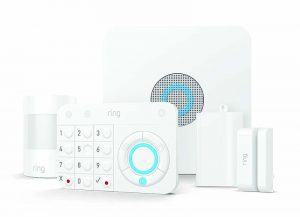
HARRIS: Everybody is constantly on the go and that makes it hard for neighborhoods to have the sense of community that may have existed decades ago. With the Neighbors App we launched in May 2018, we are trying to bring communities closer together. With the mission of supporting safer neighborhoods, it really is compelling to have a closer-knit community that allows people to communicate and look out for each other. It’s something people may have initially scoffed at, but it’s been embraced and has become a well-loved feature of what we do here at Ring.
Now, being able to use that as a tool to engage and bring local law enforcement and first responders into the community as well, that’s very compelling. Everybody’s always trying to have better relationships with first responders within the community, and so anything we can do to help that is super beneficial.
What of the backlash covered in the media about privacy concerns?
HARRIS: Our founder, Jamie Siminoff, recently put out a blog on that because some of the things people were saying indicated they may not have necessarily understood how our system really works. User privacy and security are at the center of what we do. Having that trust with our neighbors is crucial. The fact is only our neighbors have access to their devices, if they choose in their app none of the information is shared. It’s completely up to our neighbors as far as what they do and how they use it, but it’s a tool for them to be elective to participate more broadly.
What about voice control, where Amazon plays big? Will it become the de facto interface throughout the smart home?
HARRIS: There’s no question it’s a very compelling user experience. As with video doorbells, 10 years ago nobody was saying, “This market for a speaker people can talk to, that can be huge.” It’s another one of those things that we found a need and it’s really been incredible to see what our friends in Amazon have been able to do.
I think voice control will grow as people get more comfortable with it. We’re seeing a huge uptake in people who are arming and disarming the security system via voice or asking on a screen-based device to see what’s happening outside. It won’t be the only interface; we have a huge amount of interaction with our app and many people use our convenient keypads. It’s battery-operated and so you can stick it right next to the door. So it will be a mix.
VLOYANETES: It’s great to have a multimodal approach that allows people to interact with the technology the way they want. My parents use their phone to do everything with their smart home, but in my house my wife and I never have any idea where our phone is. We leave it on the charger, my kids may be playing with it, and so I love the voice control using Alexa.
This article originally appeared on our sister publication Security Sales & Integration‘s website.
If you enjoyed this article and want to receive more valuable industry content like this, click here to sign up for our digital newsletters!

